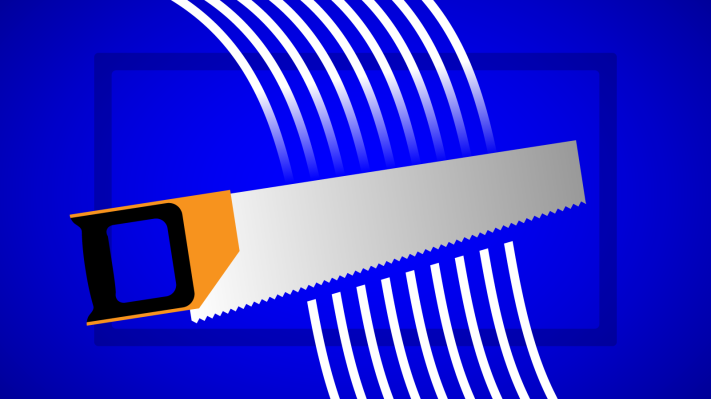2015 is the year I finally cut the cord with cable TV. No more flipping through programs mindlessly, no more massive lineup of channels I never watch, no more DVR’ing. In doing so, I’ve been determined to rely on streaming-only services for access to TV and movies, and my current lineup today includes Netflix, Amazon Prime Instant Video, and Hulu, with the occasional movie rental or TV show purchase mixed in.
But as I revel in my dismissal of so-called “appointment TV,” even while missing out on live events like The Golden Globes, for example, I find that the way I’ve gone about cutting the cord is not as common as I once thought.
My cord cutter’s diary is an ongoing series. Read part 1 here.
Week 7: Choosing To Be A Cord Cutter…Or A Cord “Shaver”
Here in the U.S., TV consumers are more often only “shaving” the cord, they’re not really ditching traditional TV.
What I mean by that is that some TV viewers might be canceling their larger cable TV packages, but they’re still heavily leaning on network programming through over-the-air broadcasts – or even just smaller cable TV subscriptions, in other cases.
In fact, “real” cord cutters are still a small group, but one that’s growing. Today, 7% of U.S. homes have cut the cord (or ~8 million homes). But if the rate of cord cutting continues, over a tenth of homes will be cord cutters by 2020. (Data via Gfk)
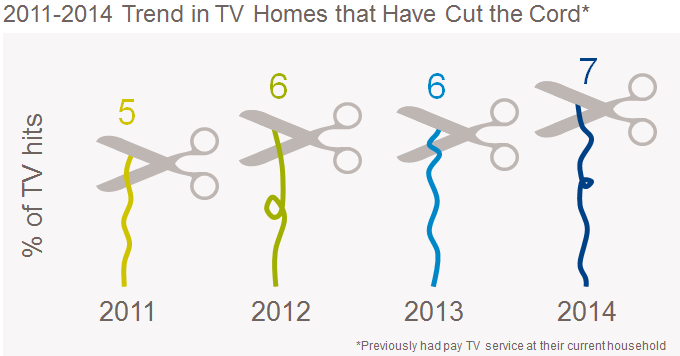
As I noted in my recent review for a new search engine for cord cutters, Americans aren’t so much ditching cable TV as they are opting for reduced, cheaper bundles, The WSJ said this past fall, citing data from Nielsen and other market research. It seems that cable TV channels like CNN, ESPN and USA have been losing massive numbers of subscribers – an average of 3.2 million, or more than 3% of their distribution over the past four years – the report found. But in the meantime, the pay TV industry posted a decline (notably, its first) of just 166,000 subscribers in 2013. Said The WSJ at the time, the numbers didn’t add up.
Nielsen explained the situation, telling the Journal that what it was seeing was really “some cord cutting and some cord shaving.”
The same, apparently, holds true among my fellow cord cutters. They are weaning themselves off the old way of doing things; they haven’t made a radical shift.
Anecdotally, at least, it seems few have really given up traditional television and instead rely on antennas. The increasing number of antenna users prove the trend with solid numbers. And yet, these antenna users still consider themselves cord cutters. It’s technically true, I guess: they have severed their tie with their cable TV provider, but it’s unclear to what extent they’ve changed their lifestyles.
After sharing my experiences during the first month or so of being without my longtime FiOS TV subscription, I invited readers to email me their own cord cutting stories and suggestions. Overwhelmingly, the responses I received included a mention of how I absolutely must get myself an antenna.
You can access live TV for free, they said. Over-the-air!
Yes, I know.
Even antenna makers wrote to me, crying out for me to not torture myself like this. You can’t live without this thing, they say. But can’t I?
Cheating With An Antenna
The truth is, I only briefly mentioned the antenna in the earlier post because the one I had didn’t do a good job at my new address, and I junked it. After all, using an antenna is surely cheating, I told myself. How can I truly write about the cord cutting experience if I just keep watching network programming and tuning in to prime time?
But oddly enough, many seem to think that using the antenna is an essential part of the cord cutting equation.
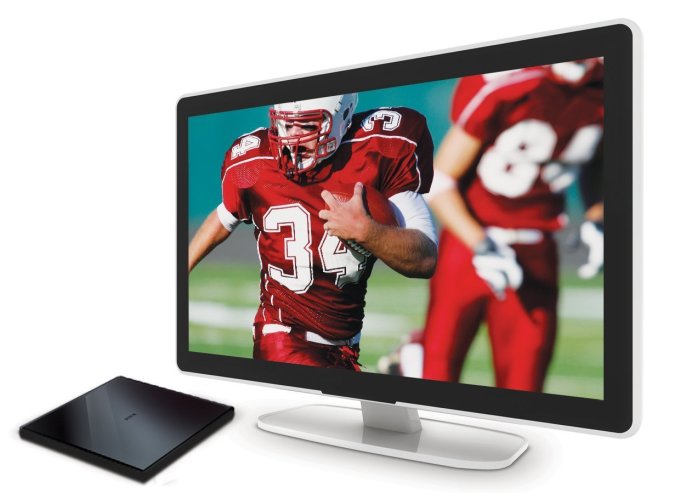
Now, I do understand the need to have an antenna for catching live sports, but as I noted before, this doesn’t matter to me. Outside of the rare event that someone wanted to watch a game at my house, I can do without.
So the point of the antenna is…? Well, I’ll admit that I did miss a couple of live events like the above-mentioned Golden Globes and New Year’s Rockin’ Eve, which had been an annual tradition of sorts, but these were largely inconsequential in the grand scheme of things. (You can catch the best parts of shows like this via clips on Hulu or YouTube, if it matters to you.)
And for those “live” programs where I’m living week-to-week for new episodes, there’s Hulu. Or in the case of transitioning from a Season 1 on Netflix to a currently airing, streaming Season 2, I just bit the bullet and bought myself a Season Pass on Amazon.
Giving Up “Appointment” TV
In my personal opinion, relying on an antenna for “backup” feels wrong somehow. You’re cutting your cable bill, sure, but are you really rethinking appointment TV?
My overall goal with cord cutting is not only to save money on cable, it’s also about establishing a new relationship with television itself. It’s about re-imagining what it means to watch TV.
Instead of sitting down and tuning into what the networks want me to watch at 8 PM ET/9 Central, I define my own schedule. And I can watch whichever show I choose for as long as I want.
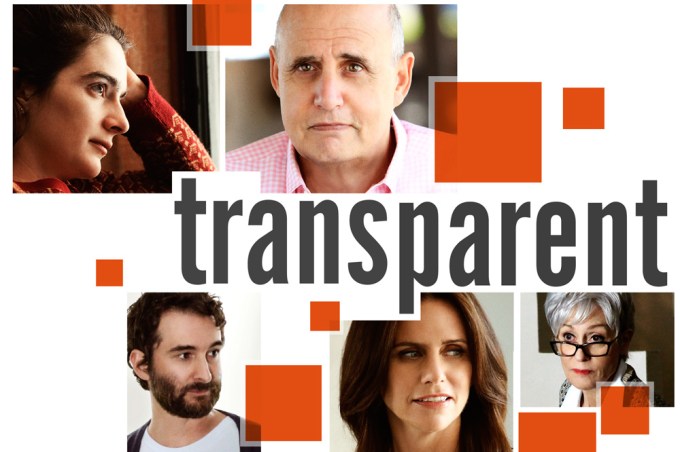
Netflix and Amazon understand this paradigm shift and are gently nudging people in this direction, even as the masses still cling to their lighter cable subscriptions, and the cord cutters to their TV antennas.
When Netflix and Amazon release their original programming, they often do so now as a chunk – dumping an entire season at once on viewers, as Netflix did with shows such as House of Cards, Orange is the New Black, and Arrested Development, to name a few, and as Amazon did with its award-winner Transparent and other new titles.
For the creatives behind these programs, the interesting thing is that they, too, see these moves not as those that cater to the new binge-watching cord cutters, necessarily, but rather as a new form of storytelling.
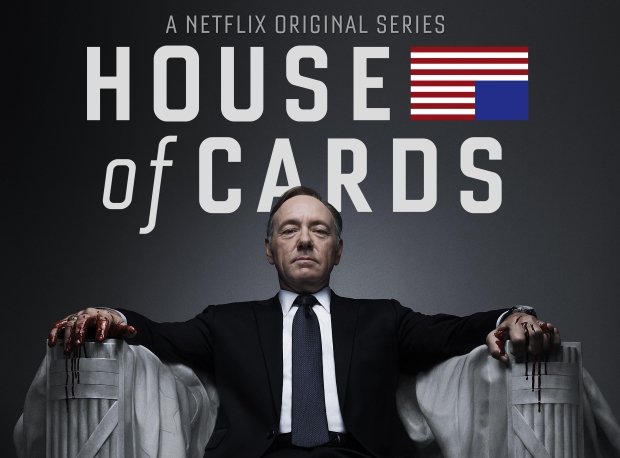
Said Kevin Spacey at the time of the House of Cards release, giving viewers the full season seemed to be the direction TV was going in.
“For whatever reason, people are consuming large chunks of story – they’re getting really involved in big arcs,” he said in an interview with Digital Spy. “Releasing it all at once – that I think is really interesting, for a couple of reasons. This is now the first series that will ever give out the entire first season in one day – maybe it’s an indication that the film and television industry is learning the lesson that the music industry didn’t learn,” he said.
Meanwhile, Amazon execs also noted the move is less about binging, and more about the story:
“We’ve never looked at [‘Transparent’] as anything but a continuous piece of five-hour entertainment,” Joe Lewis, Amazon Studios’ Head of Original Programming, said in 2014, as reported by Variety. He said they think of the series as a five-hour movie.
When adopting new shows, I, too, want to consume them in a different way. Not where cliffhangers force me to stay tuned during commercial breaks, or from week-to-week, but where the action progresses more naturally. Where a story arc can build over several episodes, and move at its own pace. Where the “stay tuned” gimmicks become less of a draw than the plot, the writing, and the acting, when it comes to keeping me engaged.
If you keep tuning in from week-to-week with your silly antennas, then show runners will continue to use their old tricks to keep you watching. And that can limit the creative possibilities.
How Cord Cutters Can Still “Passively” Watch TV
That being said, I understand that it may be difficult for some viewers to fully transition in the new world where TV is no longer something that’s just “on.” This is something many of you expressed to me via email, in fact – that you had more reservations about giving up TV as a passive activity.
To you I say: rip off the Band-Aid! It can be done!
To make it easier, I suggest filling your Hulu queue, or Amazon and Netflix watch lists, with programs that you can sort of brainlessly consume at those times when you want to switch the TV on for comfort and company more so than for story. Take whatever your secret, guilty pleasure is (Shark Tank for me, perhaps, or HGTV’s House Hunters), and keep it favorited. Build up a small cavalcade of these sorts of programs, and it can lessen the feeling of losing TV’s passive viewing opportunities.
That being said, just to see what all the fuss is about, I’m going to soon plug in a new (hopefully more powerful) antenna and see if I ever use it.
Anyone want to take bets?
Email me your cord-cutting story, or your Netflix recommendations: sarahp@beta.techcrunch.com
